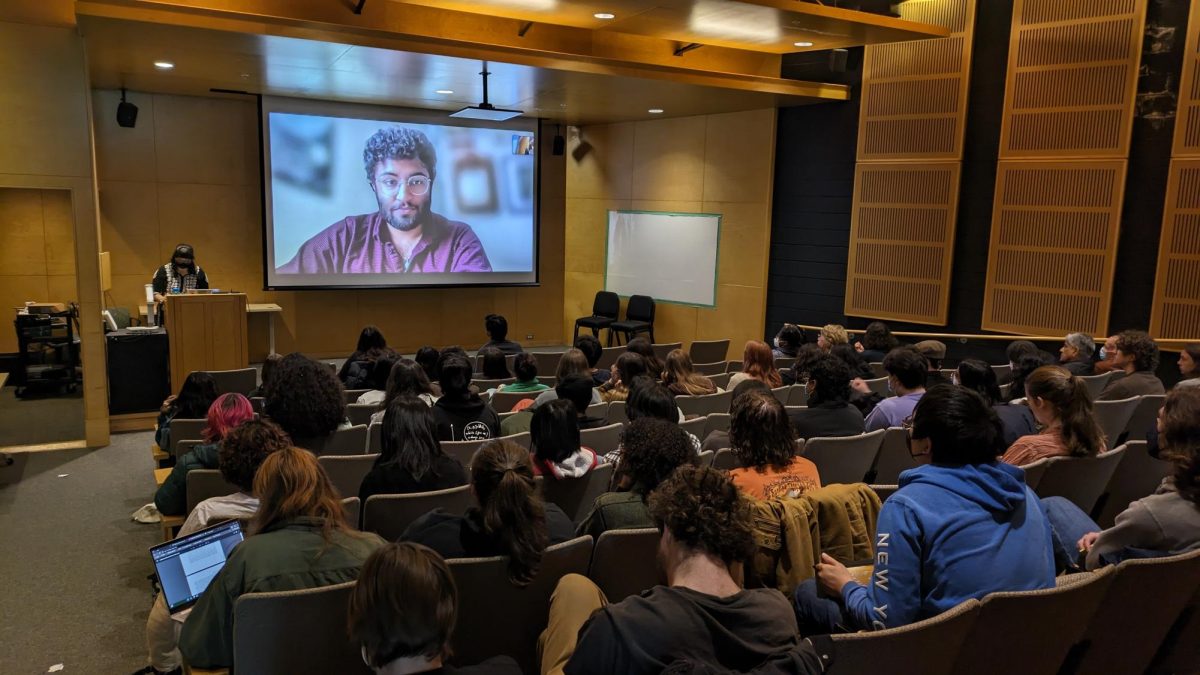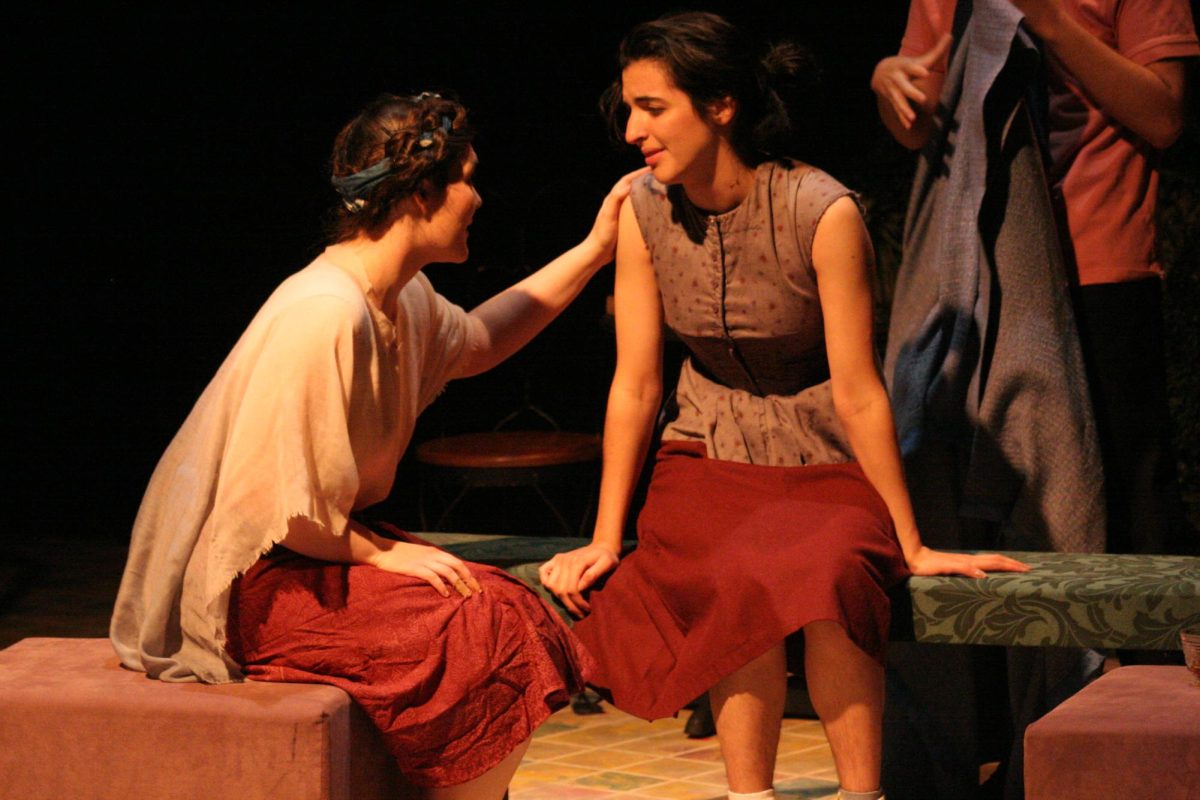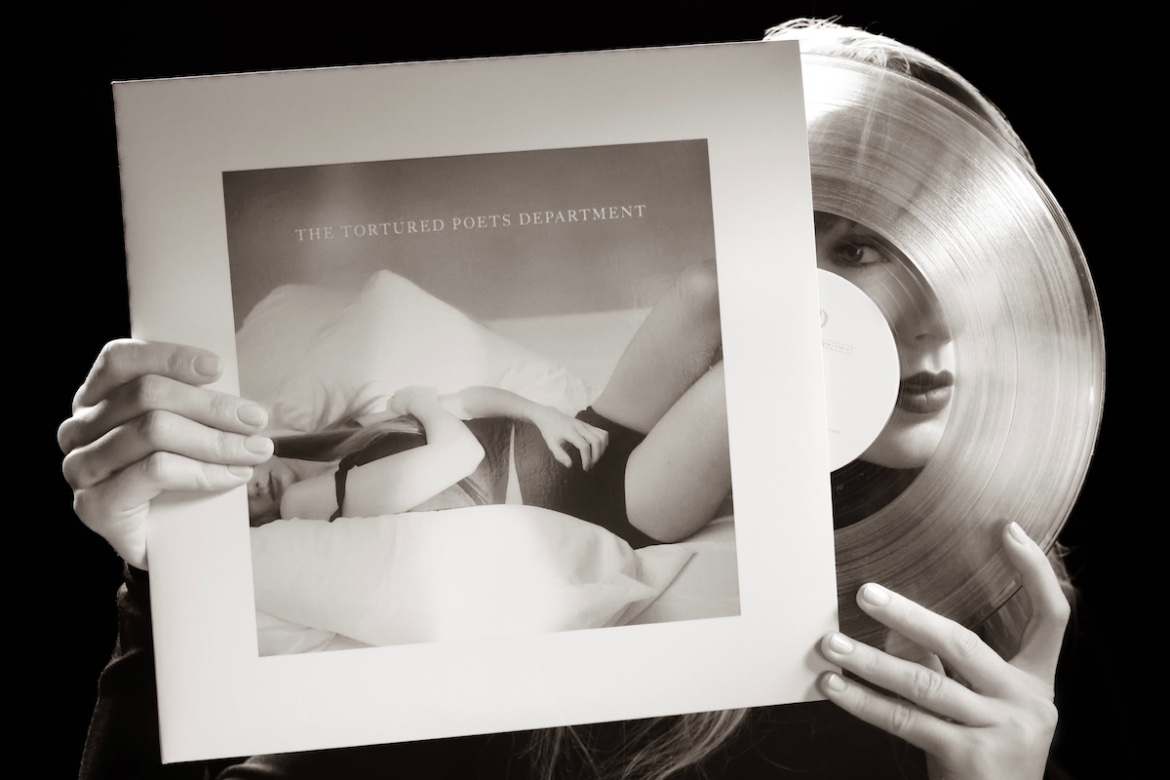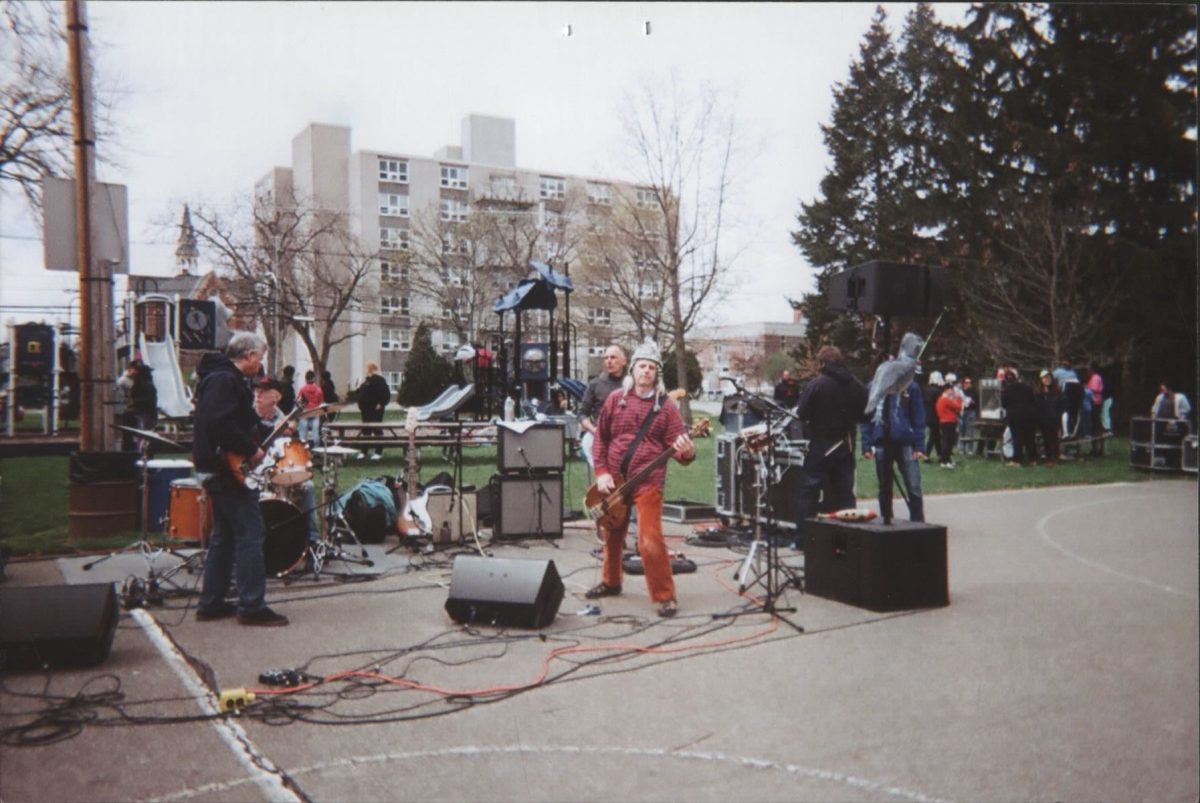Cloud Atlas Proves Epic, Complex
November 2, 2012
According to author David Mitchell, the structure of Cloud Atlas is a “Russian doll of nestling, interrupted narratives.” While that may be the case for the book, the film adaptation had its fair share of missing matryoshkas.
The grand scale of Cloud Atlas, the movie, is quite clear to anyone who has seen the trailer, as is the attraction the Wachowski Brothers, renamed Wachowski Starship, must have felt to the story. Six stories follow the journey of the same souls as they enter and impact each other’s lives, as well as the lives of their descendants. Despite its length, the harsh editing from the cutting room is felt throughout the viewing experience. Perhaps Cloud Atlas is too grand a story to fit into one film?
To propose a series of six films, or maybe even three, would be a bold undertaking, perhaps one without merit since the themes do not require several films to be established. If anything, concepts of destiny, love and sacrifice start feeling a little stale toward the end. But the stories these vibrant characters go through, and the little details that make you realize they are the same actor (Halle Berry is white in one storyline, Hugo Weaving is a woman in another, and Korean actress Doona Bae makes for a gorgeous redhead American girl with freckles) deserve to be told better. Too many times, plot jumps are made without enough groundwork to convince the audience of the transformation these characters have gone through. When one character commits suicide, the audience can see intellectually why he might do so, but the emotional journey maybe needs 10 more minutes of agony before we can cry empathetically.
In novel form, Cloud Atlas establishes each storyline completely and leaves them off at cliffhangers, then shifts direction to finish each story off, moving from the latest tale backwards in progression. The film darts back and forth between different timelines continuously. That in itself may be a commentary on the theory of simultaneous time, but the stark differences between some plot lines, such as the one between the post-apocalyptic future in which Hugo Weaving is an imaginary ghoul, and the 2012 storyline in which he is a retirement home nurse, are a little difficult to transition in and out of. Conversely, Susan Sarandon makes perfect sense in each of her reincarnations.
One enjoyable aspect of Cloud Atlas is its use of various symbols of oppression: from slavery to oil giant conspiracies to a 1984-esque regulatory government, there is an omnipresent, evil force that renders tragic the love story between the souls who keep running into each other in time.
The film’s use of makeup and prosthetics is certainly groundbreaking in terms of contemplating a post-racial world, in which an actor can be Korean, Latina, Caucasian or African-American, all in the same movie. Regardless of these changes, some actors certainly shine where others feel a little too stiff. A murderous, Irish Tom Hanks was not very convincing, while Hugh Grant was brilliantly unrecognizable in his portrayal of a post-apocalyptic cannibal tribesman.
More often than not, a verbal description of the film causes people’s eyebrows to rise. Experiencing it is a must, if only to witness the new age of filmmaking. The Wachowski Starship is hindered by the weight of The Matrix series, which not only sets the bar pretty high, but sets it elsewhere entirely, both stylistically and conceptually. But one thing to bear in mind is that Cloud Atlas is a completely different take on existence. A very complex, quantum fairy tale, it is poignant, romantic, exciting and dramatic. What dissatisfaction you may feel about the film will not hit you until the next day, if only because the melody of the Cloud Atlas Sextet will have you feeling like you witnessed something profoundly beautiful and epic. And in many regards, you certainly have.














